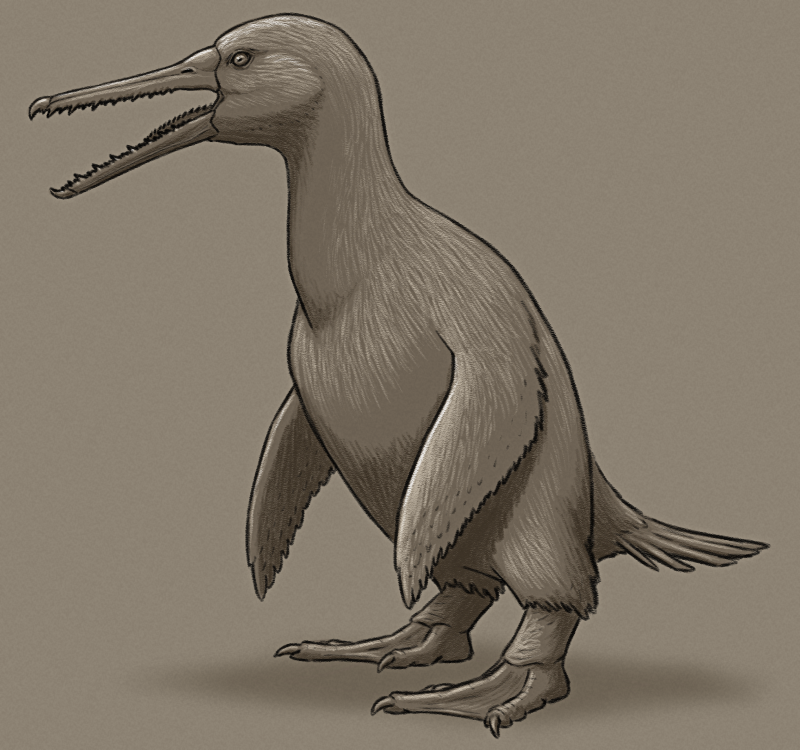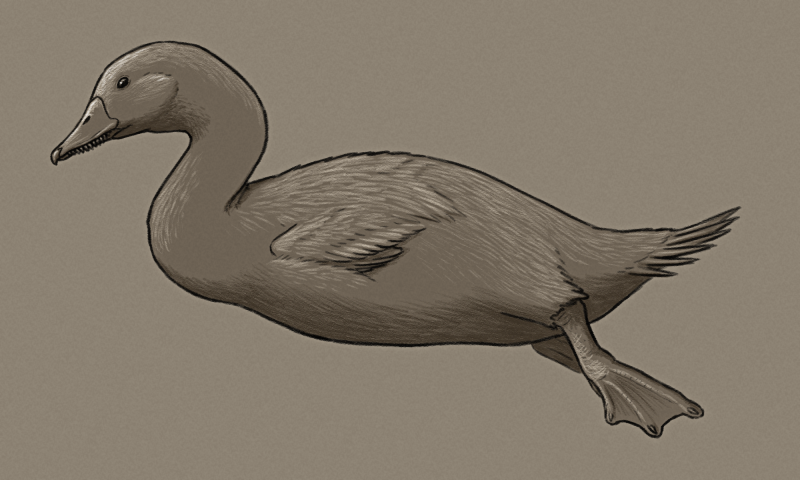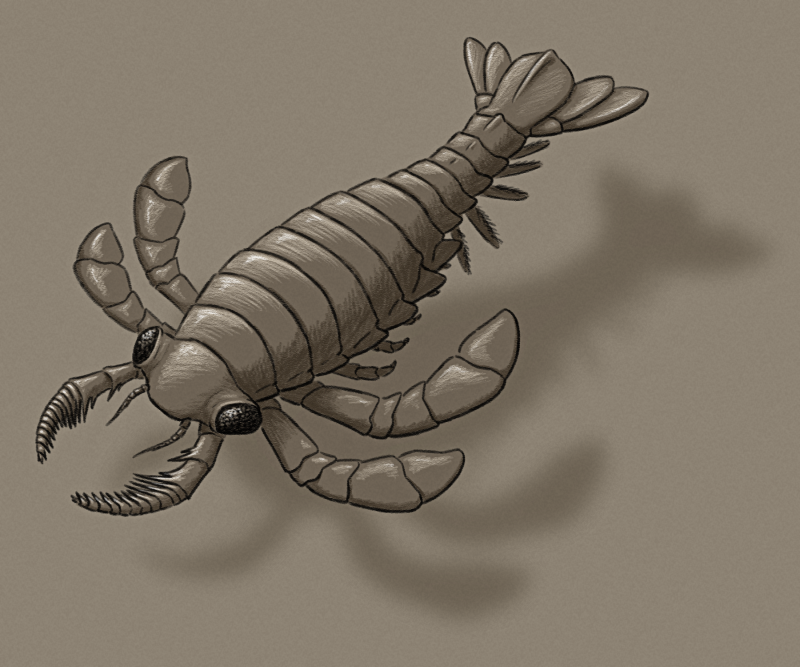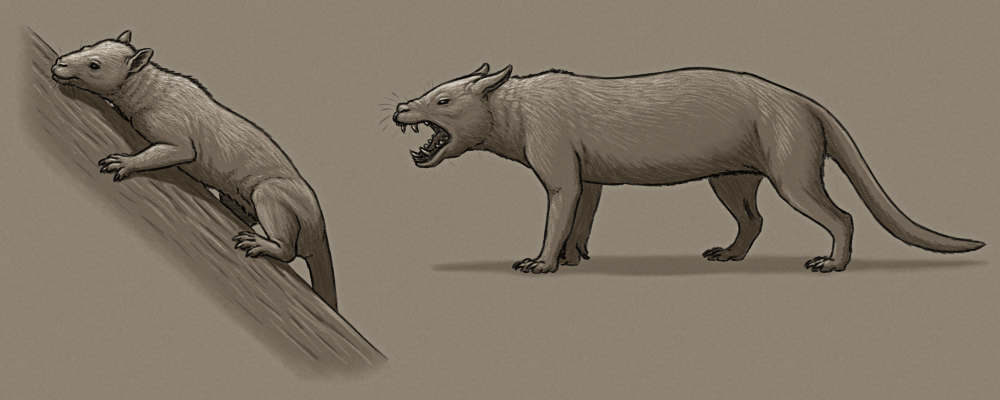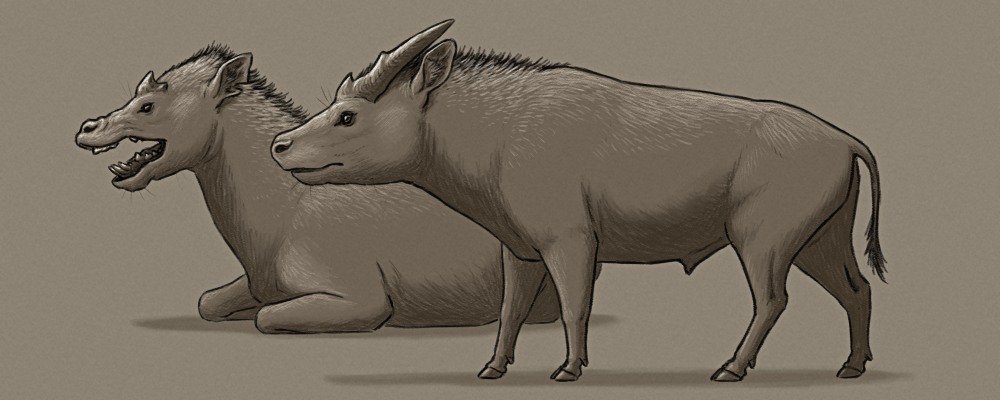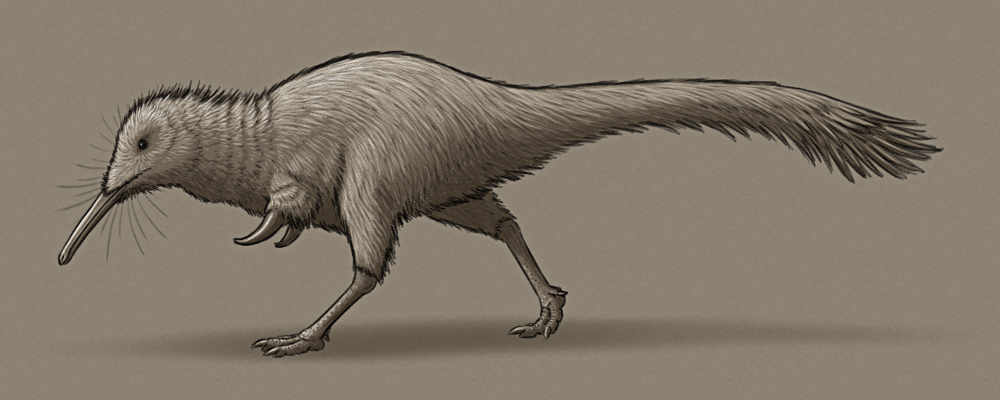An anonymous request asked for a “large ankylosaur-like herbivorous notosuchian“:

Mitafosuchus pachysomatus is descended from Simosuchus-like notosuchians in Madagascar that survived through the K-T extinction.
Highly convergent with the now-extinct ankylosaurs, it’s a 5m long (~16’4″) squat tank-like herbivore with hoof-like claws, and a wide short snout used for grazing on low vegetation. Heavy interlocking osteoderm amor covers most of its body, protecting it against the big carnivorous crocodyliformes that also still survive in this version of Cenozoic Madagascar.
Another anon wanted to see a “giant warm blooded lizard”:
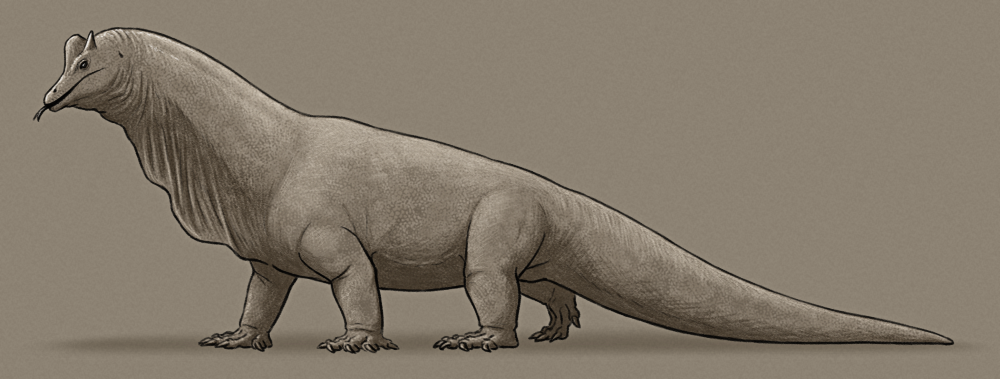
Atopohippus zestamenus is a descendant of invasive Argentine giant tegu lizards that became established on an island archipelago. At 2m tall (~6’6″) and around 6m long (~20′) it’s an example of island gigantism, and occupies a high-browsing-herbivore ecological niche similar to giant tortoises and prosauropods.
Its ancestors’ seasonal endothermy has become full endothermy in this species, partly due to young individuals having a very rapid growth rate and metabolism – their main defense against the predators on their island home (primarily carnivorous tegu-descendants and large birds of prey) is to simply get to a big body size as fast as they possibly can.


